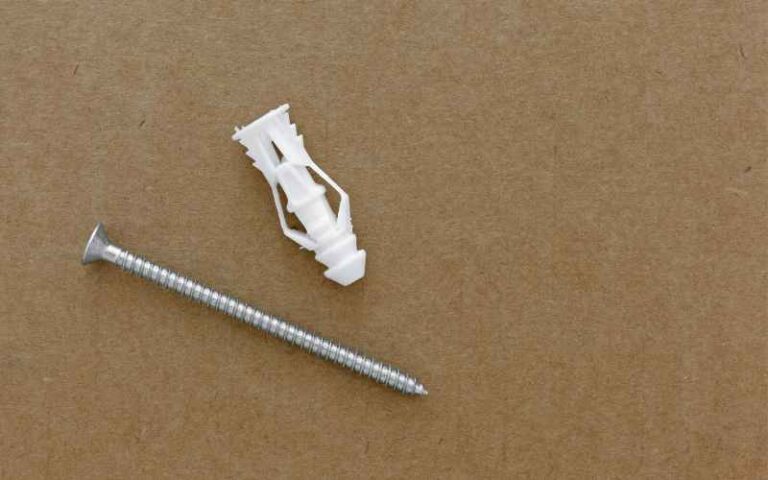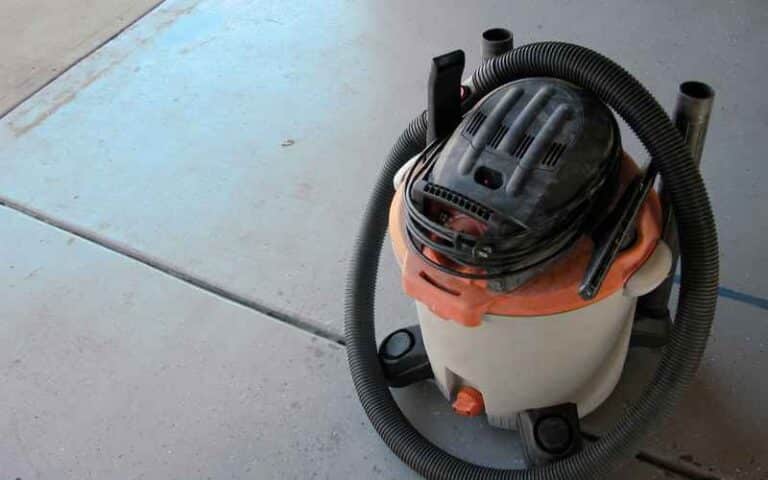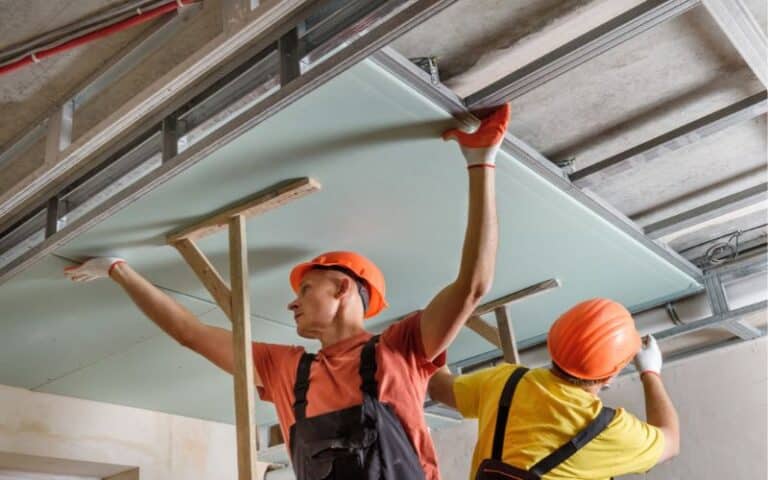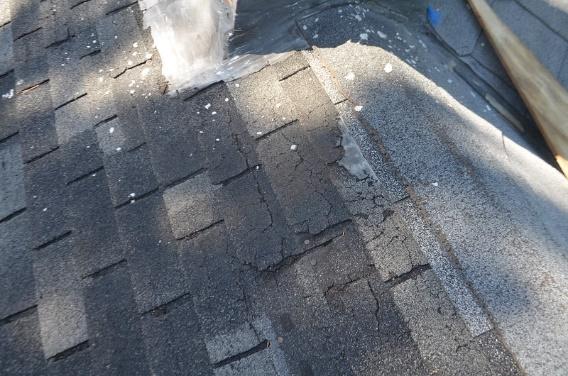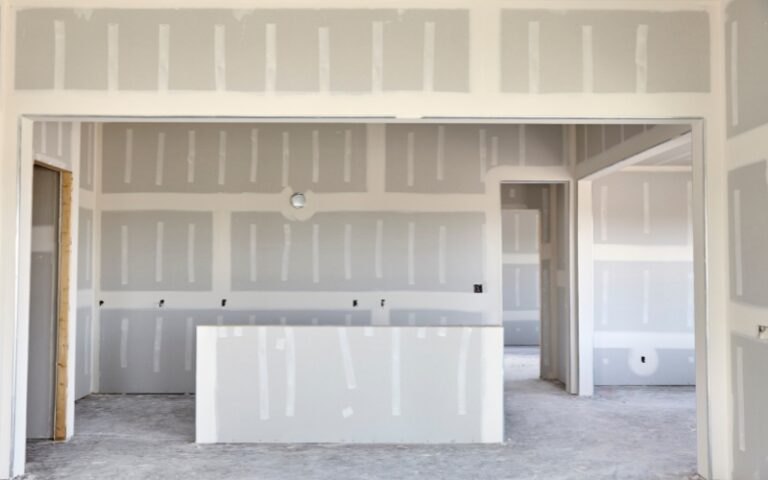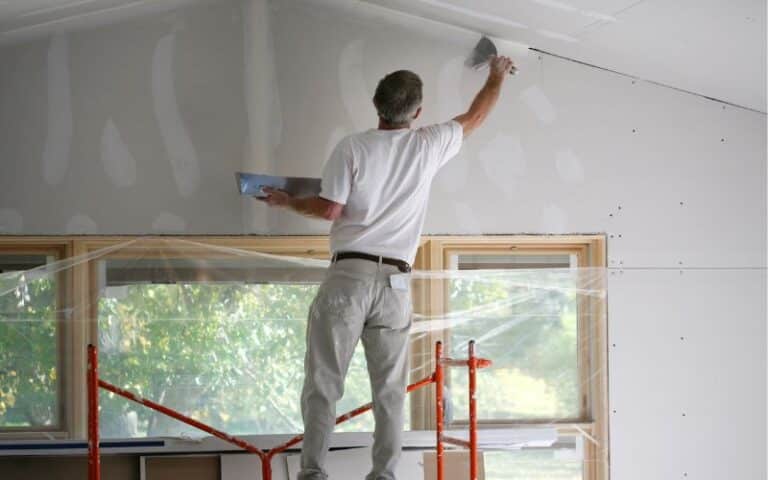Drywalls are super cool materials for roofing and wall construction. Besides being budget-friendly, it gives you an exciting and classy look with an extra layer of protection.
No wonder; people in the home design niche like it so much. However, one caveat with drywall is its intolerance for water. That said, can drywall get wet during delivery?
Drywall can get wet during delivery if you expose it to water like rain or if it gets flooded. Even though drywall is quite sturdy, it is not tolerant to moisture exposure. Exposing drywall to water can make it soft and weak. Wet drywall is also more prone to mold growth.
Are you a fan of home improvement, design, and construction, seeking to improve your knowledge of drywall?
Then stick around, as in this article, and you’ll discover more about drywall. You’ll learn about drywall, including its water tolerance and whether or not it can be used wet.
Ready for a Drywall Quiz?
Can You Use Wet Drywall?
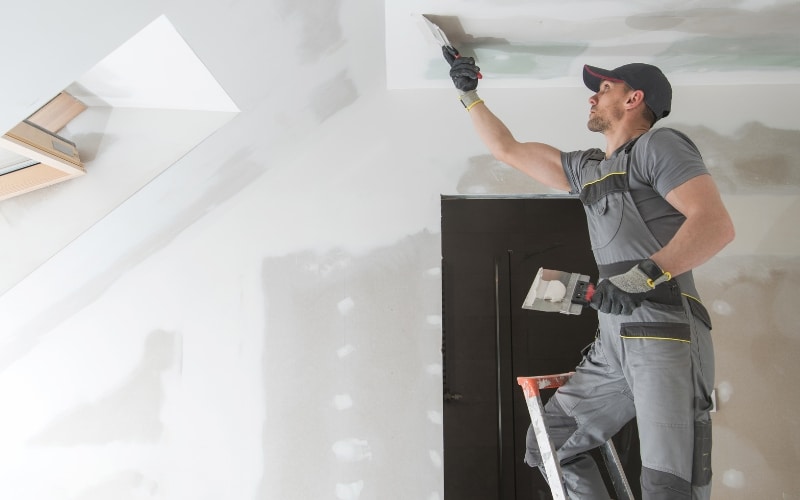
It depends on how wet the drywall is, how much you expose it to water, how long it soaks, and whether you dry it out completely.
Drywalls have the reputation of being sturdy, which is why they are used for building walls, ceilings, and other commercial and residential property features.
However, if you expose it to water for a prolonged period, the water can damage it. In addition, the drywall can lose its structural integrity and sturdiness if exposed to heavy moisture.
It becomes weak and soft, and using it may not be easy. However, if your drywall is exposed to moisture from prolonged rainfall or flooding, you must dry it or repair it immediately.
That way, you can preserve the structural integrity and sturdiness, and it won’t be mold-prone or weak and soft.
If your drywall is wet, here are a few things you can do to save it from ruin:
#1. Determine the Degree of Water Exposure
The first step to saving your wet drywall from ruin is checking the degree of water exposure. The first way is to use a non-penetrating moisture meter.
Otherwise, remove the baseboards and poke holes in the drywall using a screwdriver.
When you poke holes in the baseboards, the drywall is soaked if the drywall is soft, and the screwdriver enters inside easily.
Remember to examine the inside as well. Use a penetrating moisture meter to assess it. You can also poke a large hole in the studs to examine the moisture content.
If you notice any insulation on the drywall, test the moisture there as well, especially if it’s composed of fiberglass or cellulose.
#2. Repair Moisture-Damaged Drywalls
Important factors that you need to consider for making repairs include the duration of time the drywall was soaked and the amount of water it contained.
If you find moisture in the drywall, you’ll need to remove the wet drywall and the insulation because they can retain moisture for a long time.
You must cut the wall two or four inches up and remove the wet insulation.
If you don’t remove the moisture-laden materials, mold clusters will begin to appear on the walls. Additionally, the drywall insulation will lose its R-value if you leave it wet.
#3. Contact Professional Drywall Repairers
Removing mold-ridden materials can be tricky if you’re not used to drywall construction. In that case, it’s best to reach out to an expert who can repair your wet drywall for you.
Doing it on your own can spread mold spores all over your home, and you won’t want that.
Sometimes, it may be so bad that you’ll need to call a mold remediation expert to rid your home of mold.
Molds can lead to allergies like asthma and other respiratory illnesses in your home. For these reasons, you should call in a professional if you’re not skilled enough to repair wet drywall.
How Much Water Can Ruin Drywall?
Drywalls are very sturdy and not easily damaged. However, when it comes to water, it’s not tolerant of it.
It can withstand if the drywall is exposed to small amounts of water. You may need to dry it out completely. If you do that effectively and quickly, you may not need to replace it.
Air drying in a non-humid environment is the most common strategy for drying wet drywall. Excessive exposure to water can soften and weaken the drywall.
That’ll make it disintegrate during or after usage. Heavy moisture exposure can also lead to stains, rotting, and mold growth. Fortunately, you can replace wet drywall quickly and easily.
What Happens If Drywall Gets Wet During Construction?
The outcome of drywall that gets wet during construction depends on several factors.
Some of them include the amount of water it’s exposed to, the duration of exposure, whether or not it was soaked, and if it dried up completely after the exposure.
It can work fine if you expose it minimally to water and it doesn’t get soaked up. That’s more likely when you dry it up rapidly and it doesn’t lose its integrity or buckle.
However, if the drywall is soaked, especially when the water is massive and the duration of exposure is long, it may become soft and weak.
It may even disintegrate in the ceiling or wall if you use it. There may also be mold growth on the wet drywall, which is difficult to eradicate.
Below is a table that compares the degree of exposure of the drywall to water and the fate thereof.
| Degree of Moisture Exposure | Fate |
|---|---|
| Light exposure | You can still use the drywall, especially if you dry it quickly |
| Heavy exposure | You can only use it if you cut out the soaked parts. |
How Do You Dry Wet Drywall?
To dry wet drywall, you can approach it in two ways. You can either do it yourself or hire professional help.
If you are inexperienced with drywall, you should contact a professional to do it for you.
#1. Doing It Yourself
The first step is to get rid of the water source. For example, you need to turn the water source off if it’s from a burst water pipe.
You need to hire a plumber to repair the pipe damage before the drywall drying begins.
Speed up the process by opening your doors and windows. Using fans can also help to accelerate the process.
Move the fan around so the air can spread evenly around the damp drywall. Dehumidifiers can also help dry the drywall by removing moisture from the air.
You can further accelerate the drying by removing baseboards and molding. However, they can hide moisture behind them, slowing the process.
Additionally, remove anything hanging on the wall, like portraits and paintings. If there are wallpapers on the drywall, you should remove them too.
That’s because the wallpaper seals away the moisture and holds it in the wall. You can dissolve the adhesive with wallpaper removal solutions to make wallpaper removal easier.
You may also need broad knives to facilitate the process. It’s important to note that drying out the wall takes time to complete.
Therefore, take your time until the wall dries out maximally. Then, you use a moisture meter to confirm that the walls are completely dry.
Once the drywall is completely dry, you can refinish your room and reinstall any objects you removed, like paintings and portraits.
If your drywall is wet, drying it correctly and quickly is essential. If you need help figuring out how to do it, contact professionals who are skilled in handling such issues.
#2. Using Professionals
Professionals have vast experience and provide skilled services, so you should contact them when you need help handling wet drywall.
Firstly, the professionals will determine the exact degree of water exposure when they arrive using different water damage restoration devices.
They use a non-invasive moisture meter to assess the moisture content through radio waves without poking holes in the drywall.
They can also use an infrared imaging camera to detect water in the walls. If the professionals discover that the walls are wet, they also use a specialized tool to dry the wet drywall.

